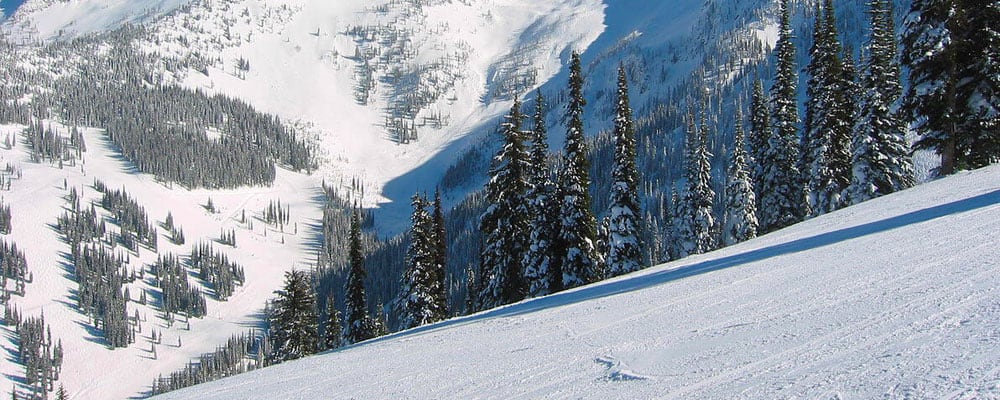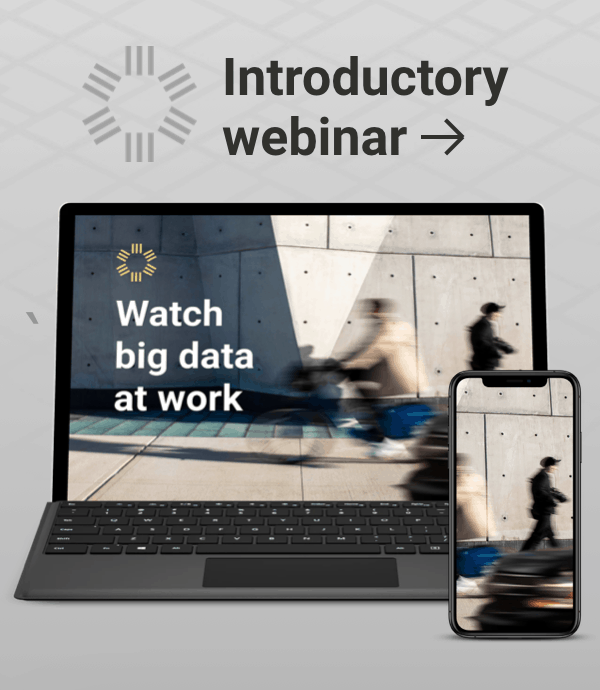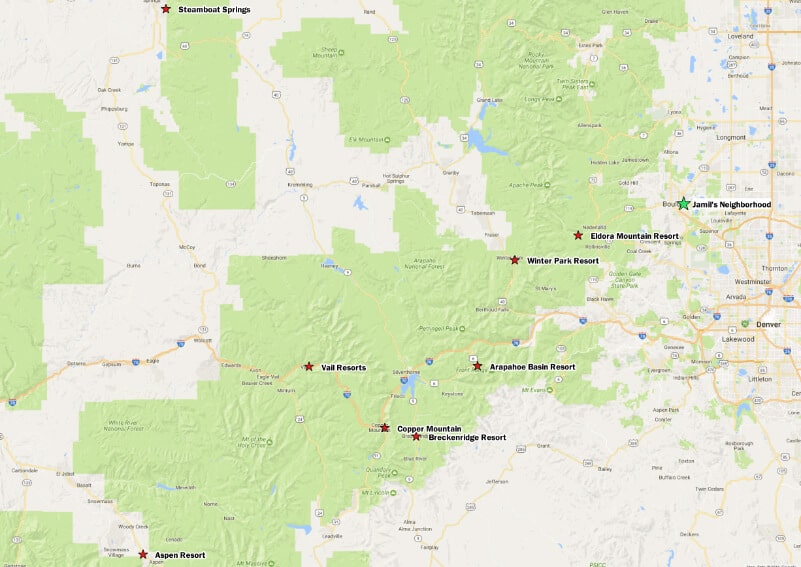
Where Should Jamil Go Skiing?

A few weeks ago, one of my best friends from graduate school moved to Colorado to work for my old employer, Rocky Mountain Institute. It’s a nonprofit research and educational foundation dedicated to efficient and sustainable use of resources. The downside – from my perspective – is that he and his equally awesome wife moved to Boulder, CO for this job. The upside – from his perspective – is that now he can go skiing every weekend. The question is: where should he go skiing?
When we discussed this conundrum last week, Jamil said “I know some resorts are closer than others, but everyone has anecdotes that suggest traffic can make the travel time so variable – especially on weekends during the ski season. Some of the further-away resorts might have better conditions and terrain on any given weekend. I guess there’s no way to know the real average travel time, or how to factor in potential for the worst case scenario.”
But there is, with StreetLight Data! Taking advantage of my unlimited access to StreetLight InSight® (that’s our easy-to-use web application for transportation data collection), I decided to help Jamil out by analyzing the travel times to local ski resorts.

The StreetLight InSight Analysis
My first step was to set up and run a travel time reliability study from Jamil’s Boulder neighborhood to the seven resorts he is interested in. In addition to average travel times, I looked at the distribution of travel times to all of the resorts during all winter weekends in 2014 and 2015, and all weekends from January to March in 2016. I wanted to understand not just the normal days, but the really terrible traffic days.
Figure 1 (below) shows Jamil’s neighborhood and the resorts in question. While Jamil also asked me to look at faraway Steamboat Springs and Crested Butte, those results weren’t statistically reliable: We had only a small volume of data on trips that drive straight between Boulder and those ski resorts. Perhaps Jamil should take this lack of data as a sign that traveling that far for a ski day trip is just not worth it!
Figure 1: This map shows the ski resorts that Jamil could feasibly drive to from Boulder his Boulder neighborhood for a ski day trip.
Once the StreetLight InSight Travel Metrics Travel Metrics completed processing, I evaluated the travel times when there was the least possible traffic to each of thehttps://www.streetlightdata.com resorts. This is essentially the time it takes for drivers to get to the ski resort if they drive straight there, with no congestion at all. I compared that to:
- The average travel time across all hours of the weekend, and
- The average travel time for the typical heaviest traffic time period – that is either the morning or the afternoon, depending on if you’re leaving or headed to the resort.
The Results
As shown in Figure 2 below, if Jamil drives from his neighborhood to Arapahoe Basin on a typical weekend, it should take 86 minutes. But if you look at all the trips across the weekend, their average time is 99 minutes – a 13 minute increase. And if you look at the typical trip during high traffic times, it will usually take 105 minutes – that’s nearly 20 minutes of lost skiing time. No one wants to waste an entire ski run sitting in traffic!
Figure 2: Travel Times Travel times for a typical weekend day during no-traffic, high-traffic, and all day time periods.
Also as shown in Figure 2, the nearby resorts of Eldora and Winter Park do not show much travel variation, so we’ll drop them from the rest of the study. Now Jamil can tell his “you should really just avoid I-70” friends that the data seems to back them up!
In Figure 3, we measure the scale of the impact, and differentiate going skiing from Boulder vs. coming home to Boulder. As you can see, the impact is usually greater heading out to ski (typically in the morning) than coming home. Perhaps everyone wants to show up when the corduroy is still fresh, but people tire out at different times, so return trips are spread out across the afternoon.
Figure 3 – Impact of traffic on travel time for a typical weekend between Boulder and resorts.
But, in Jamil’s case, he may not care as much about the typical day as he does about avoiding that 10% of the time when the car trips goes heinously awry, and he’s stuck on the road longing for the slopes or home forever. To understand this situation, I analyzed the 90thpercentile situation. In other words, what can he expect on the 10% worst days, when the powder is at its most epic and everyone wants to ski? As you can see in Figure 4, this is when Breckenridge and Vail start to look like really unpleasant drives, particularly on the way home from Vail.
Figure 4- Travel time from Boulder to and From Ski Resorts on 90th percentile worst traffic days.
So, Where Should Jamil Go?
In Figure 5 (below), we summarize all of these results in a single chart for easy comparison. To me, if Jamil feels that Eldora and Winter Park aren’t going be quite thrilling enough on any given weekend, and as an employee of an energy efficiency non-profit, he should take the lowest vehicle-miles traveled (VMT) option to reduce energy use in his car, which is Arapahoe Basin (76 miles away).
However, if he carpools with friends to cut down on total VMT, and they want to optimize for both travel time and thrills, Copper Mountain seems the best bet. Even though it’s 13 miles further than Arapahoe, on most days the travel time is similar. Plus, Copper is a faster trip than Arapahoe if Arapahoe is having a bad day. While Copper Mountain has a similar average travel time to Vail and Breckenridge, Breckenridge and Vail have far more volatility in travel time potential. Also, Aspen is just really far.
Figure 5: This chart shows the travel time variation in graphic form.
A few nerdy technical notes: We do not include time stuck IN the parking lots or side streets of the ski resorts trying to get out. These trips only begin once the driver leaves the borders of the resorts. Sometimes, this can add up. We also excluded trips that stopped for lunch, gas, etc. on the way to and from the resorts. Lastly, the GPS data that we used for this analysis was provided by our partner INRIX.




